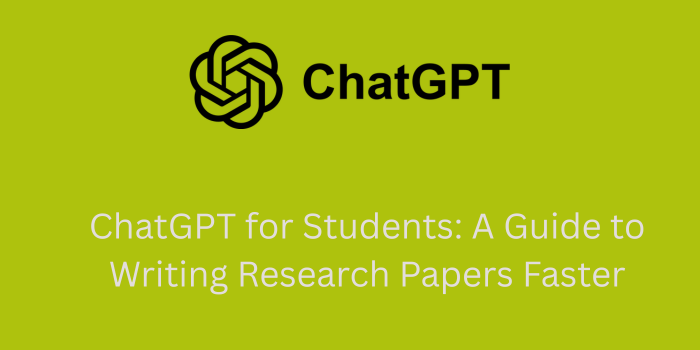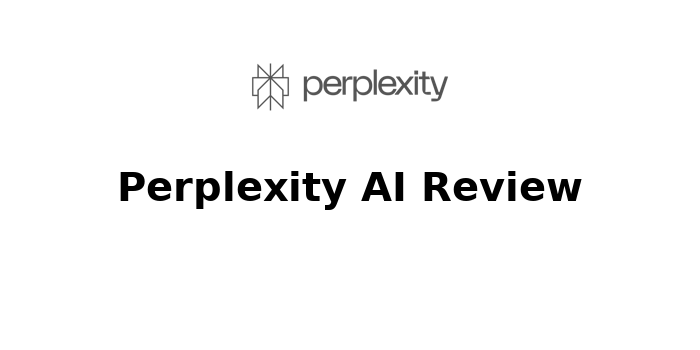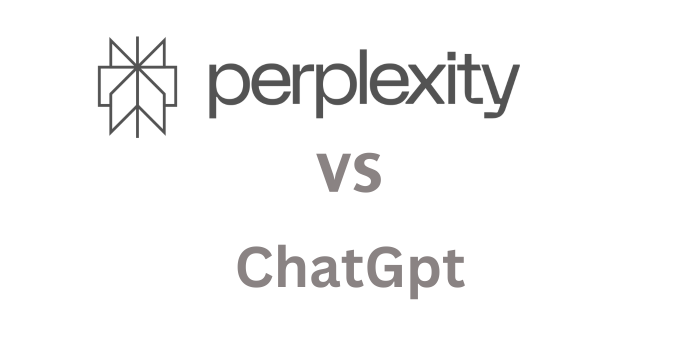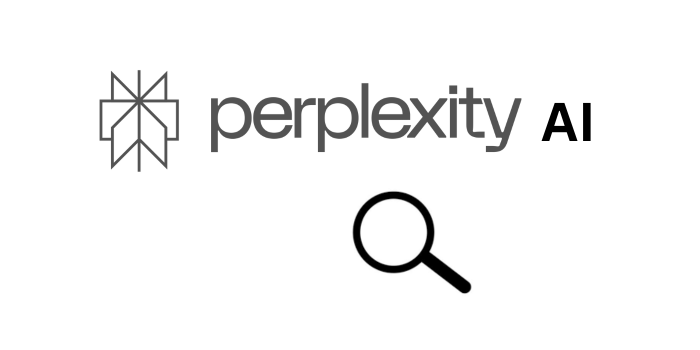Writing a research paper can be one of the most time-consuming academic tasks students face. From choosing a topic to citing sources correctly, the entire process can take days—or even weeks. But what if you could streamline the process using AI?
Enter ChatGPT—a powerful AI tool that can help students write high-quality research papers faster and more efficiently. In this guide, we’ll break down how to use ChatGPT to improve your writing workflow, save time, and still meet academic standards.
What is ChatGPT and How Can It Help Students?
ChatGPT is an AI language model developed by OpenAI that can generate human-like text based on the prompts you give it. For students, this tool can be a game-changer in academic writing. Whether you’re drafting your first paragraph or brainstorming ideas, ChatGPT helps accelerate the process.
Key Benefits for Students:
- Speeds up brainstorming and writing
- Helps structure essays and papers
- Provides grammar and syntax corrections
- Assists with citations and formatting
- Acts like a virtual study assistant 24/7
Choosing a Research Paper Topic with ChatGPT
Getting stuck on what to write about? Let ChatGPT generate a list of relevant topics for your subject area.
Try This Prompt:
“Give me 10 research paper topics on environmental science that are suitable for high school students.”
You can narrow the scope by adding difficulty level, focus area, or a specific theme.
Creating a Research Paper Outline Using AI
Once you’ve selected a topic, the next step is building an outline. A clear structure keeps your paper focused and logical.
Try This Prompt:
“Create a detailed outline for a research paper about the effects of climate change on agriculture.”
ChatGPT will usually generate:
- Introduction
- Thesis Statement
- Body (with sub-points)
- Conclusion
- References section (if needed)
Conducting Research and Gathering Information
While ChatGPT can’t replace scholarly databases, it can:
- Help summarize complex topics
- Provide general explanations
- Generate keyword suggestions for searching journals
- Suggest reputable sources (but always verify!)
Try This Prompt:
“Summarize the current scientific consensus on global warming in 200 words.”
Tip: Use ChatGPT as a starting point, then supplement your paper with peer-reviewed sources from databases like Google Scholar or JSTOR.
- 10 Smart Ways Students Can Use ChatGPT for School
- How ChatGPT is Revolutionizing Essay Writing for Students
Writing the Introduction, Body, and Conclusion
ChatGPT is excellent for drafting and improving different sections of your paper.
Introduction:
“Write an engaging introduction for a paper about social media’s effect on mental health in teenagers.”
Body Paragraph:
“Write a paragraph discussing the negative effects of excessive social media use, including statistics.”
Conclusion:
“Create a conclusion that summarizes findings and proposes future research directions.”
You can guide ChatGPT to write in either formal, persuasive, or informative tone.
Citing Sources and Avoiding Plagiarism
Citations are crucial in academic writing. While ChatGPT can help format citations in APA, MLA, or Chicago styles, it doesn’t access real-time data.
Try This Prompt:
“Format this source in APA style: John Smith. ‘The Impact of AI on Education.’ Education Today, 2020.”
Warning: Always double-check generated citations. Use tools like Zotero, EasyBib, or Google Scholar for accuracy.
- Study Smarter, Not Harder: Using ChatGPT for Homework Help
- How Students Can Use ChatGPT to Prepare for Exams
Editing and Proofreading with ChatGPT
ChatGPT is a powerful proofreading assistant. Just paste your draft and ask it to check for grammar, flow, and clarity.
Try This Prompt:
“Proofread the following paragraph and make it sound more academic.”
It can also help simplify complex sentences and improve your tone for formal writing.
Bonus Tip: Use Grammarly alongside ChatGPT for even more robust proofreading.
Best ChatGPT Prompts for Research Paper Writing
- “What are the latest trends in renewable energy research?”
- “Give me arguments for and against universal basic income.”
- “Explain the concept of cognitive dissonance with examples.”
- “Write a summary of ‘To Kill a Mockingbird’ for a literature review.”
- “What are three counterarguments to the thesis that social media causes depression?”
Common Mistakes to Avoid
Overreliance on AI
Don’t let ChatGPT do all the thinking for you. Use it as a tool—not a replacement for your critical analysis.
Not Checking Facts
Always verify factual claims. ChatGPT can “hallucinate” data that sounds real but isn’t accurate.
Ignoring Plagiarism Rules
Even AI-generated text needs to be paraphrased or cited properly. Use plagiarism checkers like Quetext or Turnitin.
Final Tips for Academic Success
- Start Early: Use ChatGPT to brainstorm early in your process.
- Refine Your Prompts: The more specific your prompts, the better the results.
- Break Tasks Into Steps: Use ChatGPT to tackle one section at a time.
- Pair with Other Tools: Combine ChatGPT with Google Scholar, Zotero, and Grammarly for best results.
- Practice Ethical Use: Always follow your school’s academic integrity guidelines.
Conclusion: Work Smarter, Not Harder with ChatGPT
Using ChatGPT for writing research papers can save you hours of stress. Whether you need help brainstorming, outlining, drafting, or proofreading, this AI-powered assistant can speed up your academic writing process—without sacrificing quality.
Just remember: AI is here to assist, not replace. When used responsibly, ChatGPT can be a student’s best academic ally.






